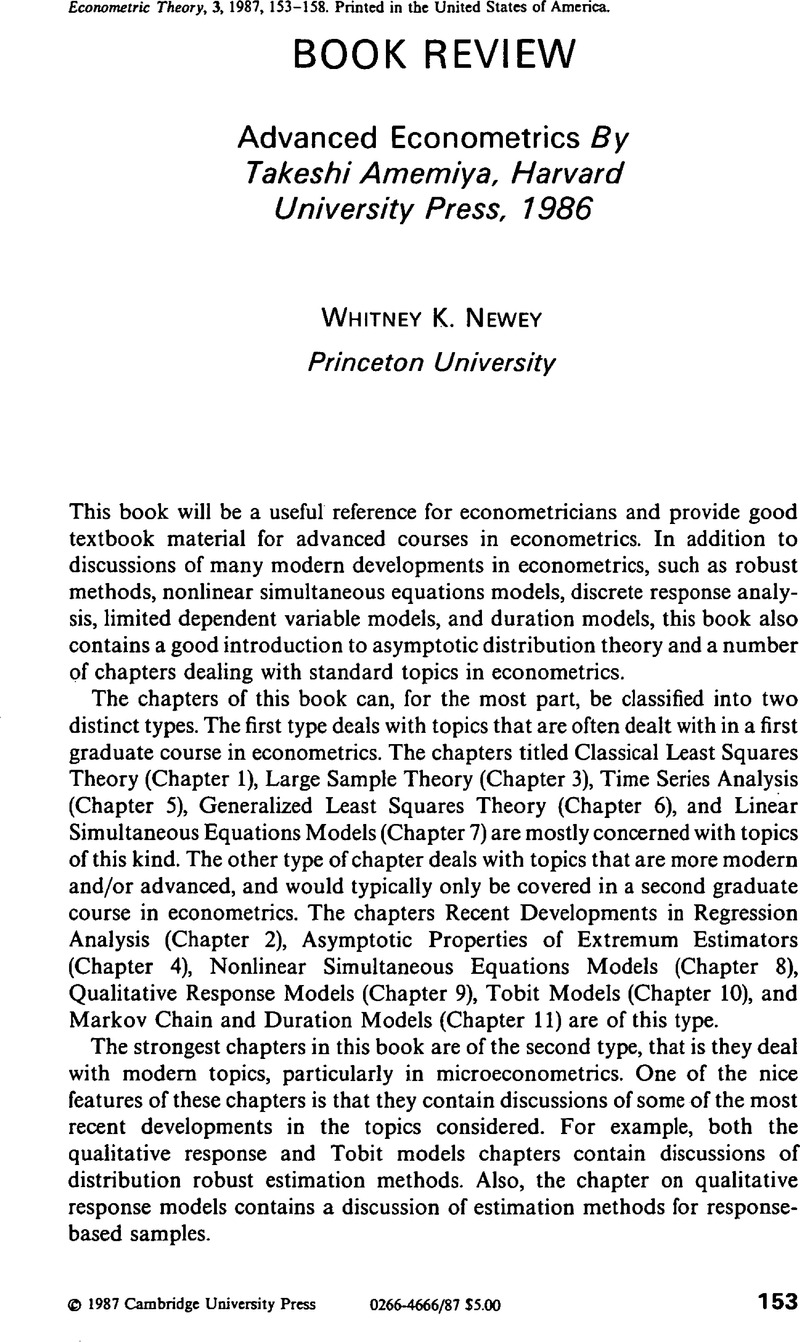Crossref Citations
This article has been cited by the following publications. This list is generated based on data provided by Crossref.
Lin, Chen
Lin, Ping
Song, Frank M.
and
Li, Chuntao
2011.
Managerial incentives, CEO characteristics and corporate innovation in China’s private sector.
Journal of Comparative Economics,
Vol. 39,
Issue. 2,
p.
176.
El Kolei, Salima
2013.
Parametric estimation of hidden stochastic model by contrast minimization and deconvolution.
Metrika,
Vol. 76,
Issue. 8,
p.
1031.
Callaway, Brantly
Li, Tong
and
Oka, Tatsushi
2017.
Quantile Treatment Effects in Difference in Differences Models Under Dependence Restrictions and with Only Two Time Periods.
SSRN Electronic Journal ,
Huang, Zhensheng
Meng, Shuyu
and
Ye, Ziyi
2023.
Effective estimation of nonlinear errors-in-variables models.
Communications in Statistics - Simulation and Computation,
p.
1.



